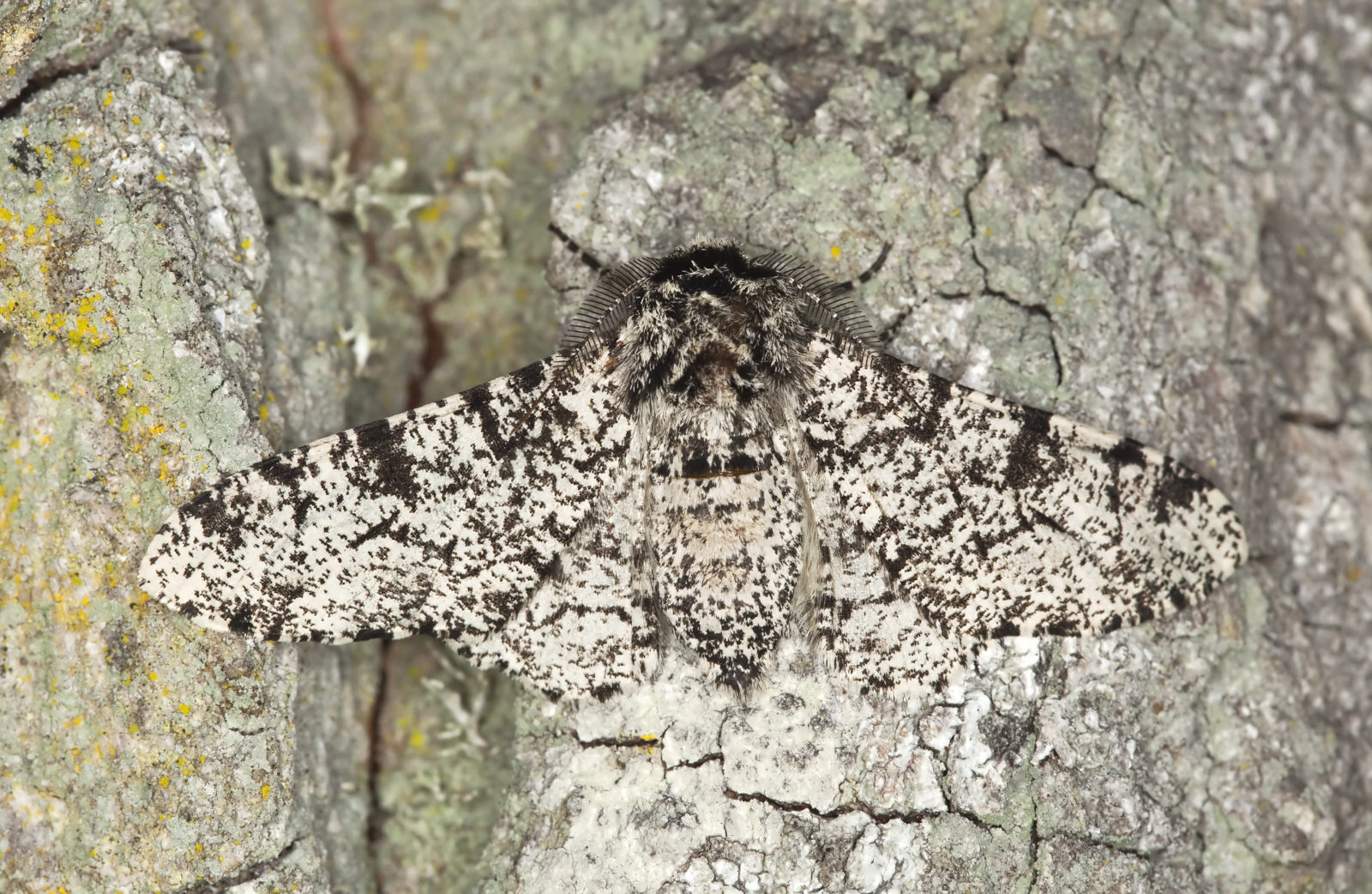Responses to Criticisms of Icons of Evolution
In 2000, Discovery Institute biologist Jonathan Wells published his book Icons of Evolution, which documented widespread inaccuracies and junk science in the treatment of evolution in many biology textbooks. This pathbreaking book resulted in significant corrections to many textbooks, although many of the “icons” described by Wells are still used in some textbooks. Here you can read about the continuing debate provoked by this now classic work.
Read More ›







